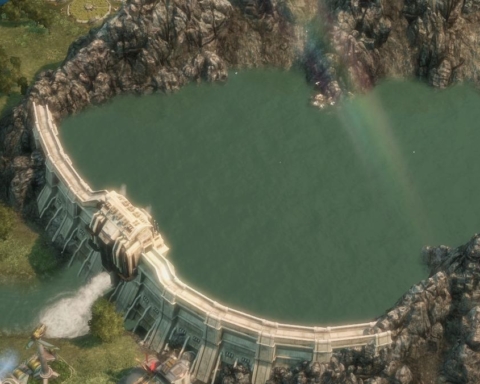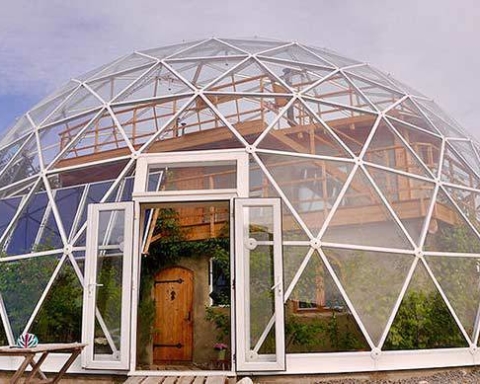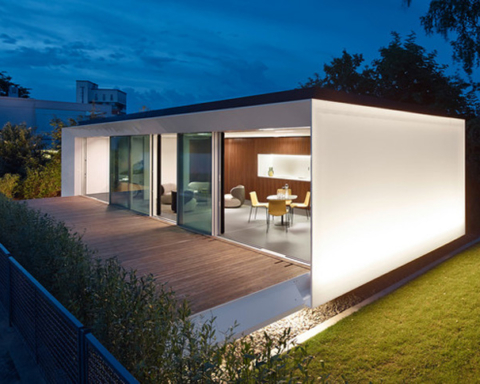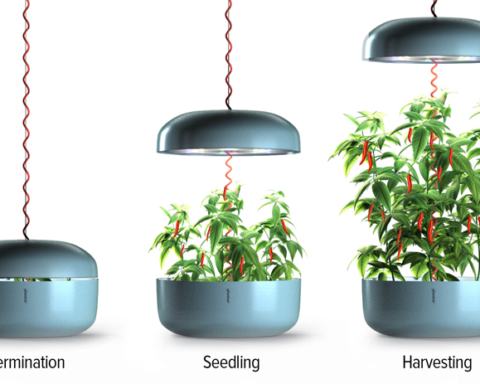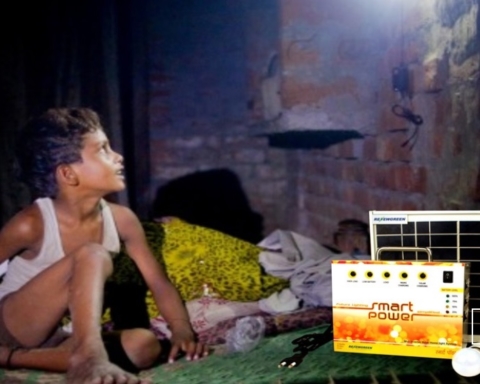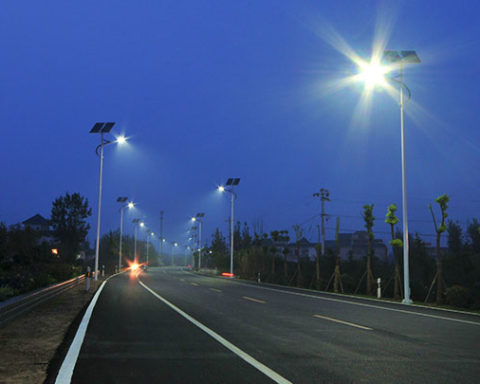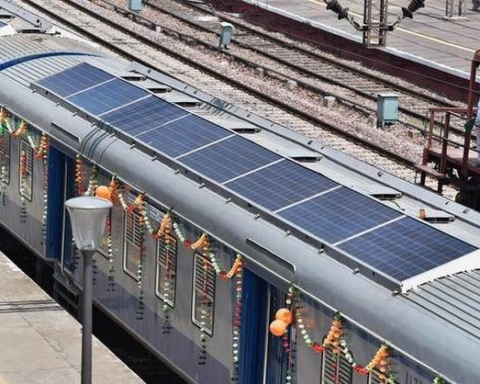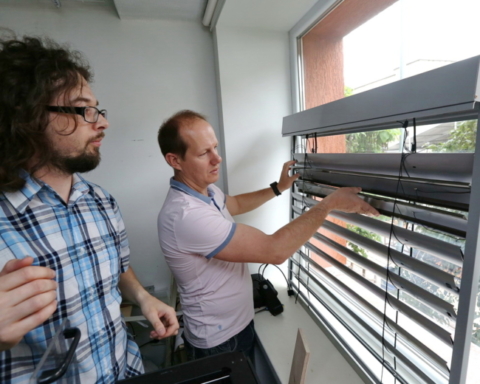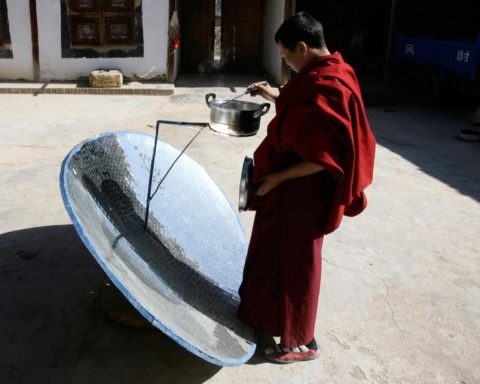The Mongolian-Manchurian grassland ecoregion is home to one of the last surviving nomadic cultures. Although it stretches over 965.600 square kilometers between Russia and China, Mongolia has a population of 3 million inhabitants about a quarter only consisted of nomadic herders.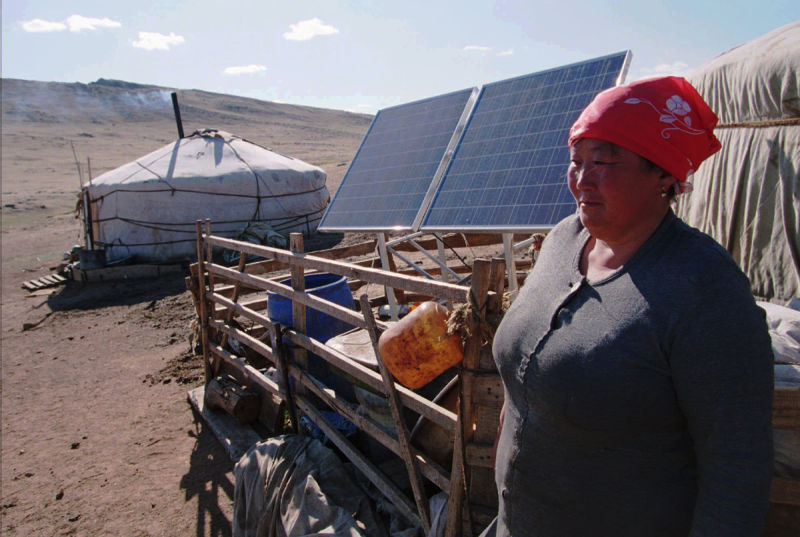 Source: https://i.kinja-img.com
Source: https://i.kinja-img.com
With technology becoming more and more accessible, changes in lifestyles are inevitable in this country where about 1.2 million people live in Ulan Bator, the capital of Mongolia.
However, these conversions also help to grow the ancient nomadic tradition.
In order not to force them to abandon their traditions and the Mongolian-Manchurian Steppe to integrate into urban life, the government has found just the right solution to help them adapt to modernization in a subtle but effective way.
With the help of the World Bank, the Mongolian government has made solar panels available to the nomads.
This great initiative is successful in the development of the Mongolian life in the Steppe. Indeed, the landscape began to deteriorate slowly.
Many pastoralists felt obliged to bid farewell to traditions dating even before the era of Genghis Khan.
Some have moved to urban areas in search of education, employment, and modern conveniences.
However, the solar panel proved to be a real lifesaver for people who had little or no access to modern energy services.
Not only are they environmentally friendly, the portable solar panel allows farmers to carry it with them all the time. Families can now purchase electric lights that are recharged by solar energy. These panels also help to keep food through solar refrigeration.
They remain well informed, especially in terms of weather forecasts to plan their trips wisely
The solar panels also allow them to charge their mobile phones. Indeed, many nomadic families send their children to the cities to attend school. Before the advent of solar panels, farmers had no way to charge their mobile phones and therefore could not communicate constantly with the children.
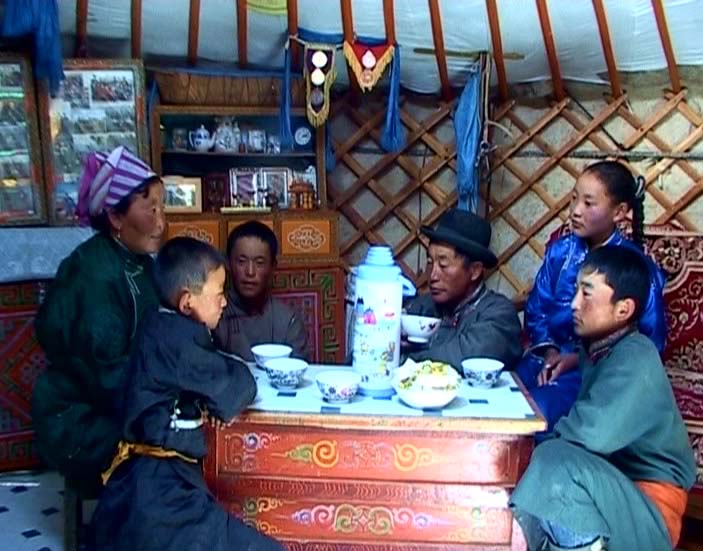
Mongolian nomads can now afford to have televisions and radios powered by solar panels.
While leading a life in constant movement, they remain well informed, especially in terms of weather forecasts to plan their trips wisely.



